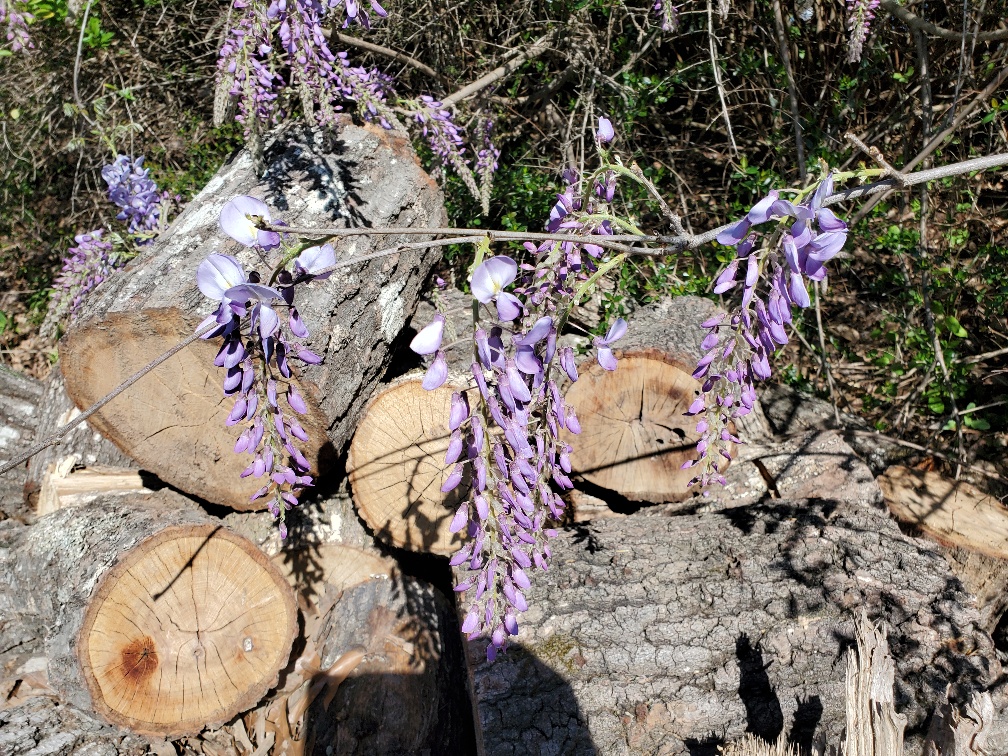Chinese Wisteria
go.ncsu.edu/readext?944757
en Español / em Português
El inglés es el idioma de control de esta página. En la medida en que haya algún conflicto entre la traducción al inglés y la traducción, el inglés prevalece.
Al hacer clic en el enlace de traducción se activa un servicio de traducción gratuito para convertir la página al español. Al igual que con cualquier traducción por Internet, la conversión no es sensible al contexto y puede que no traduzca el texto en su significado original. NC State Extension no garantiza la exactitud del texto traducido. Por favor, tenga en cuenta que algunas aplicaciones y/o servicios pueden no funcionar como se espera cuando se traducen.
Português
Inglês é o idioma de controle desta página. Na medida que haja algum conflito entre o texto original em Inglês e a tradução, o Inglês prevalece.
Ao clicar no link de tradução, um serviço gratuito de tradução será ativado para converter a página para o Português. Como em qualquer tradução pela internet, a conversão não é sensivel ao contexto e pode não ocorrer a tradução para o significado orginal. O serviço de Extensão da Carolina do Norte (NC State Extension) não garante a exatidão do texto traduzido. Por favor, observe que algumas funções ou serviços podem não funcionar como esperado após a tradução.
English
English is the controlling language of this page. To the extent there is any conflict between the English text and the translation, English controls.
Clicking on the translation link activates a free translation service to convert the page to Spanish. As with any Internet translation, the conversion is not context-sensitive and may not translate the text to its original meaning. NC State Extension does not guarantee the accuracy of the translated text. Please note that some applications and/or services may not function as expected when translated.
Collapse ▲ N.C. Cooperative Extension, Union County Center wants you to be on the lookout for another aggressive invasive vine. In early spring, driving around Union County, you can see loads of purple flowers hanging in the trees like bunches of purple grapes. But this isn’t a grape vine. No, this is Chinese Wisteria, an aggressive invasive plant that spreads from your garden into the wild. It climbs up trees and shades out the tree’s own foliage. It adds extra weight to tree limbs and snaps them off. And on the forest floor, it outcompetes tree roots and other plants for soil moisture and nutrients. Basically, it acts like kudzu or english ivy, which are also both aggressive invasive vines that kill trees.
N.C. Cooperative Extension, Union County Center wants you to be on the lookout for another aggressive invasive vine. In early spring, driving around Union County, you can see loads of purple flowers hanging in the trees like bunches of purple grapes. But this isn’t a grape vine. No, this is Chinese Wisteria, an aggressive invasive plant that spreads from your garden into the wild. It climbs up trees and shades out the tree’s own foliage. It adds extra weight to tree limbs and snaps them off. And on the forest floor, it outcompetes tree roots and other plants for soil moisture and nutrients. Basically, it acts like kudzu or english ivy, which are also both aggressive invasive vines that kill trees.
Early spring is a great time to identify Chinese Wisteria because the purple flowers stick out like a sore thumb. If you see it climbing up trees, cut it at the base. Everything above the cut will dry up and quickly die. It will sucker back from the ground, so you have come back and cut it off at ground level a few times per year. And where it grows across the ground, you can rip it up or poison it. If you keep at it, eventually you will force it to deplete its resources. Then it becomes just a small task once a year to check for any resprouts.




